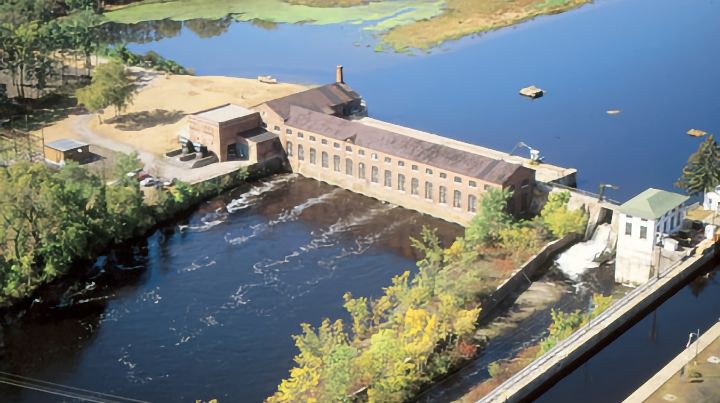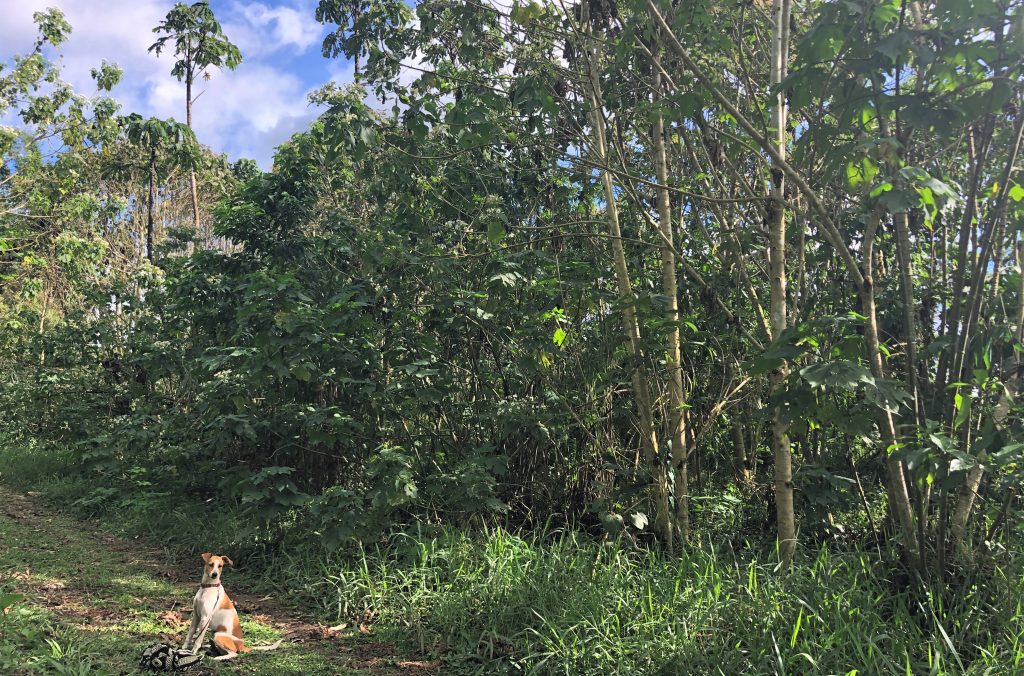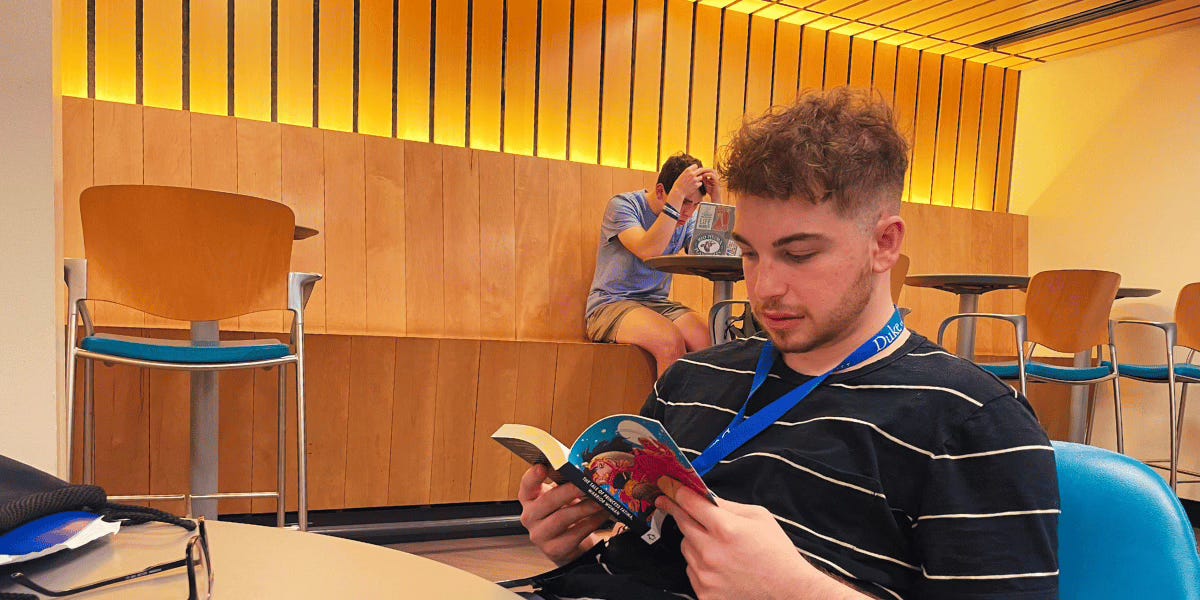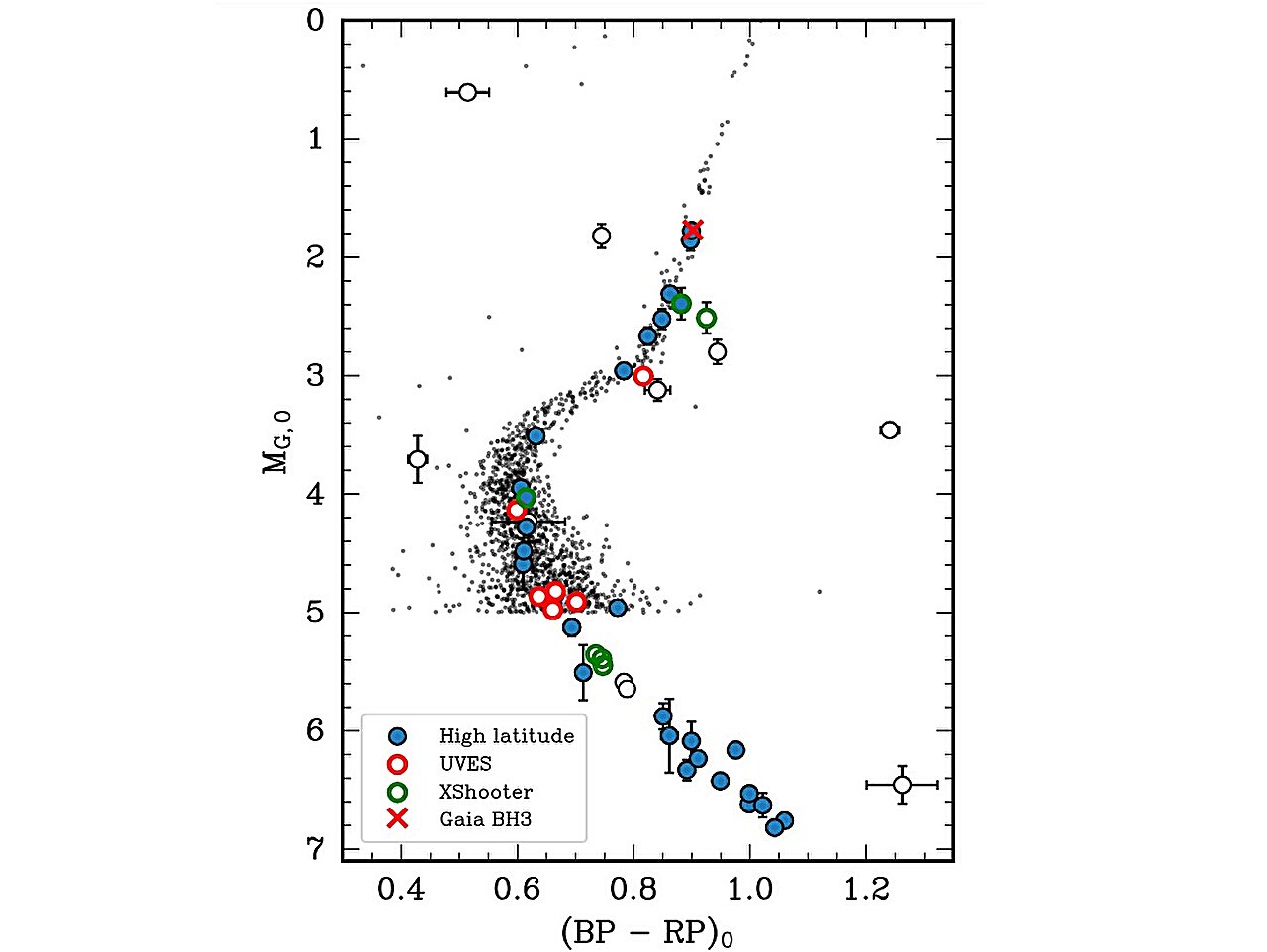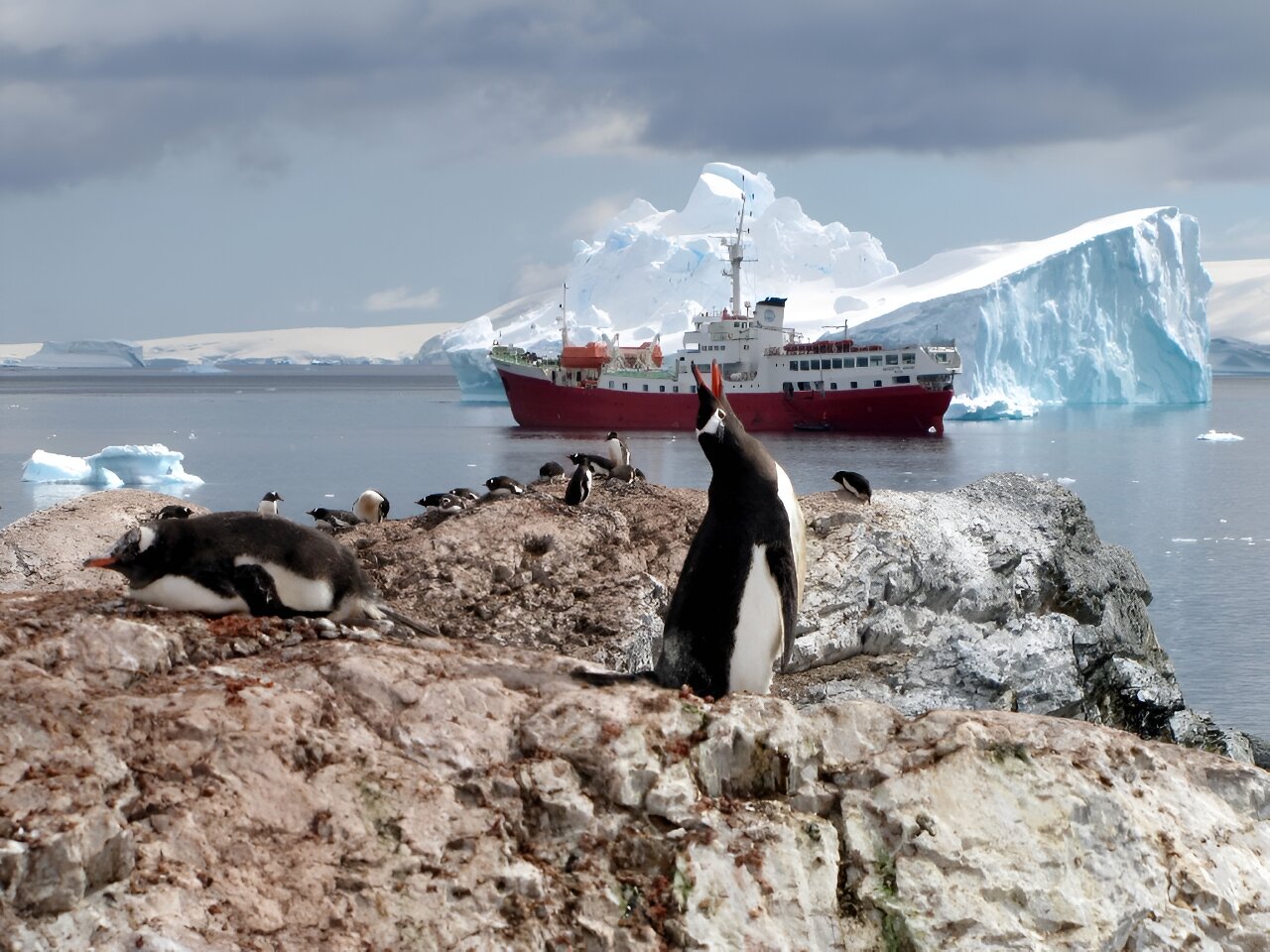
The Oldest Forest | by Lucy Jakub | The New York Review of Books
Slime: How Algae Created Us, Plague Us, and Just Might Save Us
Eat Like a Fish: My Adventures Farming the Ocean to Fight Climate Change
The Curious World of Seaweed
Seaweed Chronicles: A World at the Water’s Edge
In periods of collapse, we’re compelled to do things differently as old ways become untenable. We’ve entered the planetary-tantrum phase of climate change, and fossil fuels cannot be abandoned soon enough. Many people have sworn off disposable plastics and meat, but these are just the first and easiest abnegations: soon, even growing food in the ground will be widely impractical. The earth’s breadbaskets have begun to experience devastating patterns of intense drought and flooding, while the global population is expected to grow by two billion over the next thirty years. Crises also lead to a search for silver bullets, in the hope they can be averted without unimaginable sacrifice—and in this spirit of optimism there has recently been a proliferation of books on algae that take, as one author puts it, an “algal-centric perspective” to envision solutions to the climate crisis.
Our terrestrial biases have long led us to seek beauty and utility first in the plant kingdom, but algae—which are not plants, and span multiple kingdoms—do the essential things that plants do, only better. In order to live on land, plants evolved complicated plumbing and energy-intensive seeds, sacrificing the efficiencies of living directly in the sea. Algae never left the primordial soup. They photosynthesize with every cell and reproduce exponentially.


